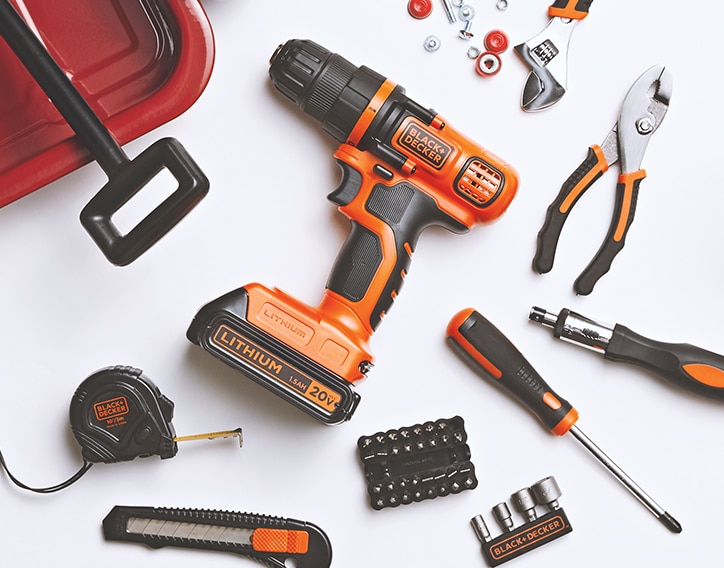Pliers versus wrenches: the key differences explained
Wrenches are for bending and folding, and pliers are for twisting and turning … right? Or is it the other way around? What’s for sure is that these handy, everyday tools should be in the toolbox of just about every household and business. Both tool types have their myriad of uses, and many of those uses overlap. Then there are specific iterations: a telcom expert loves their crimping pliers. A mechanic doesn’t leave home without a socket wrench set. Those who work with shafts or housings will be familiar with their circlip pliers. And everyone should have an adjustable wrench on standby.
But is it finally time to learn, once and for all, how to differentiate between these two most common of versatile tools? What exactly makes pliers different to wrenches, and why should your business bother to know about it anyway?
One thing’s for sure: with a couple of pairs of pliers and a generic wrench or two in the toolbox, you can do an awful lot of bending, turning, holding, twisting, tightening, and cutting. And if you’re really going to get serious about what you’re doing, it’s time to get exactly the tools you need to get that job done perfectly, efficiently, and safely.
Pliers
Pliers are the ones with the almost scissor-like pivoted jaw, with the handles squeezed to hold something in place and then bend, twist, or otherwise manipulate it. When your fingers won’t do the job, on the other hand, pliers certainly will.
Wrench
And while you can tighten up or loosen even a tightly-gripping nut with some trusty pliers, a better tool for this job is actually the wrench. While your pliers could damage whatever you’re trying to tighten or loosen, the wrench is designed specifically to turn objects like nuts and bolts. In their most basic form, they’re a single piece without a pivot whose end simply fits around or over whatever you’re about to twist and turn, tighten and loosen.
Versatility
As suggested above, the really nifty thing about pliers is that they’re so versatile that they can do a lot of wrench-like activities. They may not do it as efficiently, but generic pliers will tighten a nut of just about any size if you’re missing the correct wrench, and at the same time they’ll do things that a wrench typically can’t do, like cutting or bending some tin or wire. Wrenches can also be versatile, though, like an adjustable wrench whose working end can be manipulated to fit perfectly around what’s about to be cranked.
Disadvantages
If wrenches have their disadvantages, it’s that if you’re going to use it properly, you should really have the right one. And if you’re doing a lot of different things, that means a lot of different wrenches: a box-end wrench to fully enclose the nut, an open-end wrench for tight spots, a socket wrench set for easier, safer and more specific purposes, and a set of Allen wrenches to drive bolts and screws from the head.
The final word: Wrench or pliers?
As for the cost, a quality wrench will typically set you back a little more than good pliers. But for just about any business that gets things done manually, it’s always important to have exactly the tools you need for each specific job to make sure it’s done properly, efficiently, and safely. Happy twisting, turning, gripping, and grabbing!

